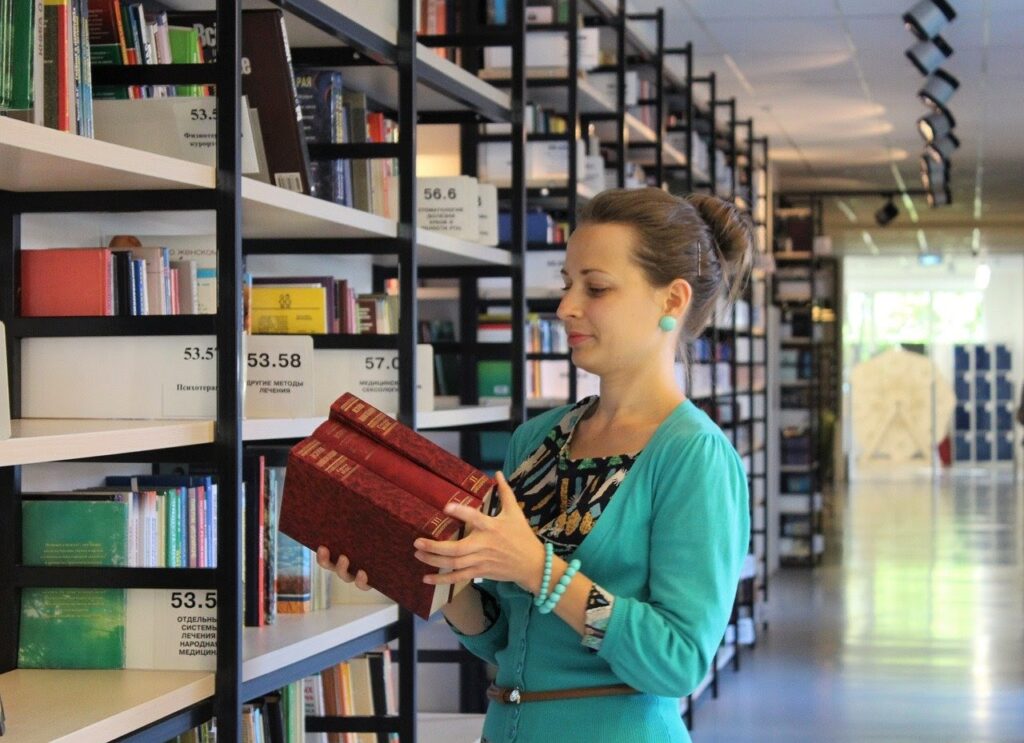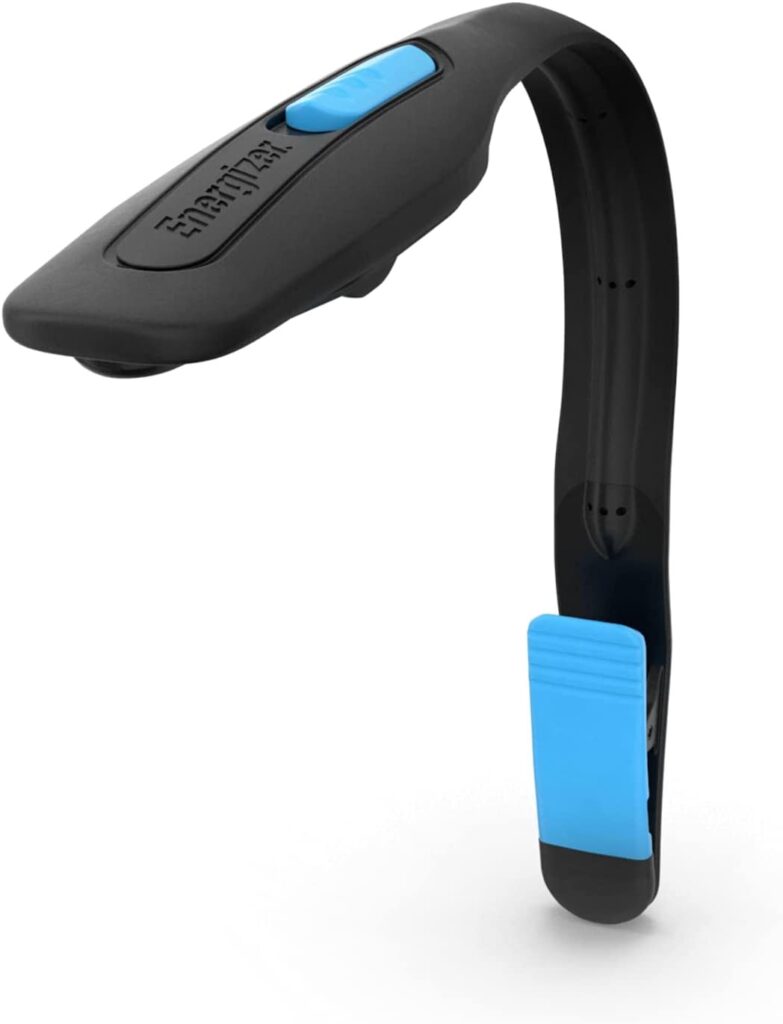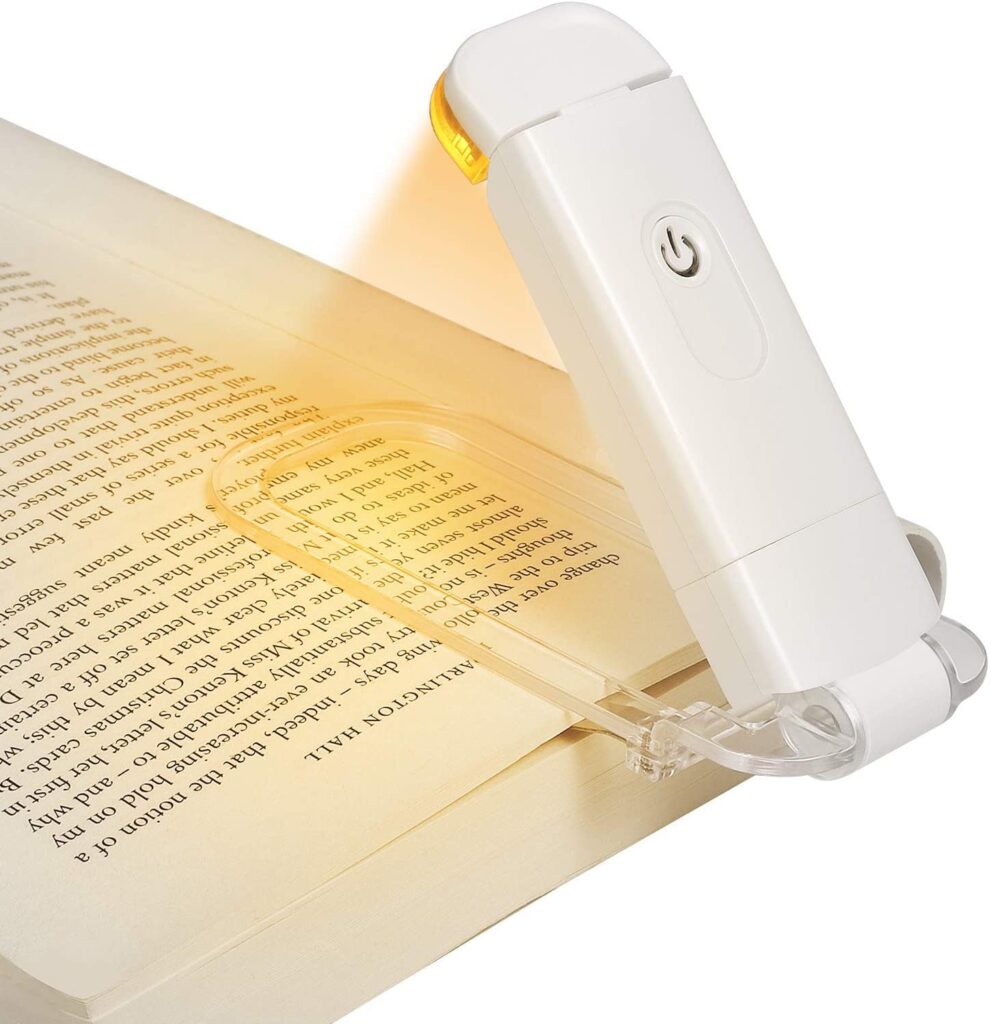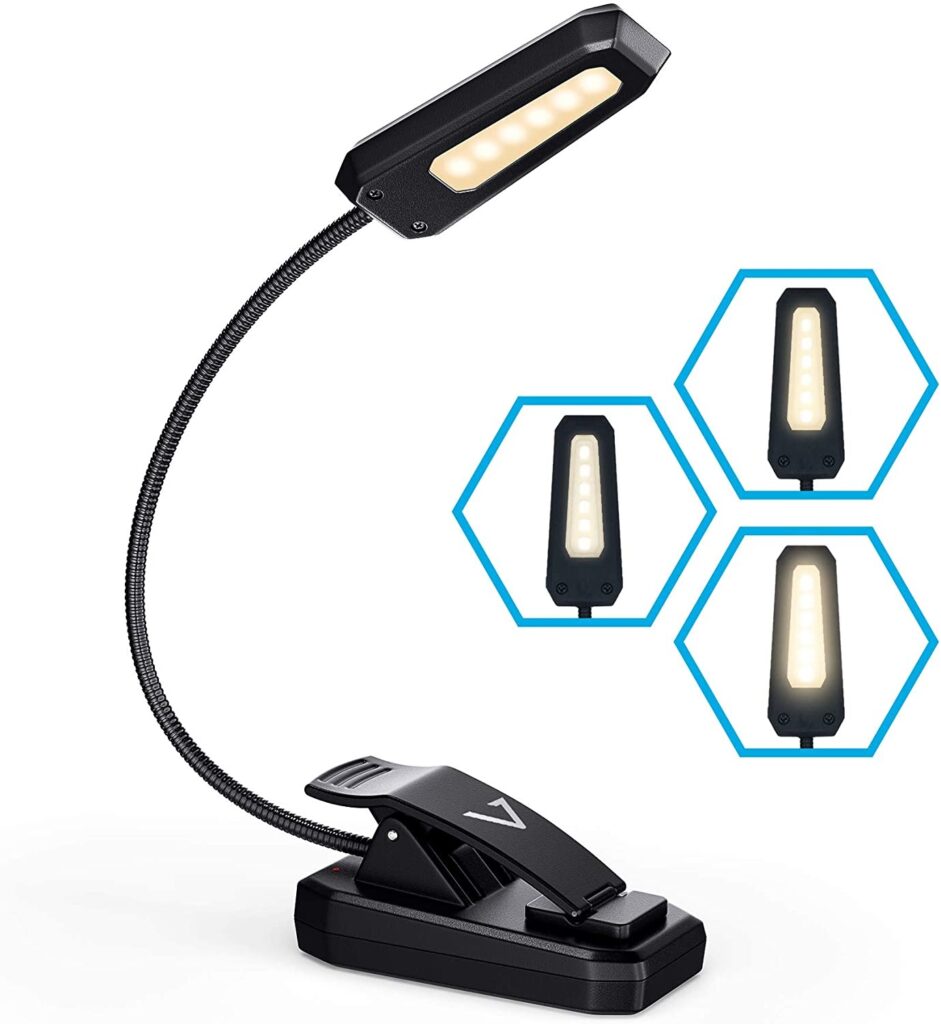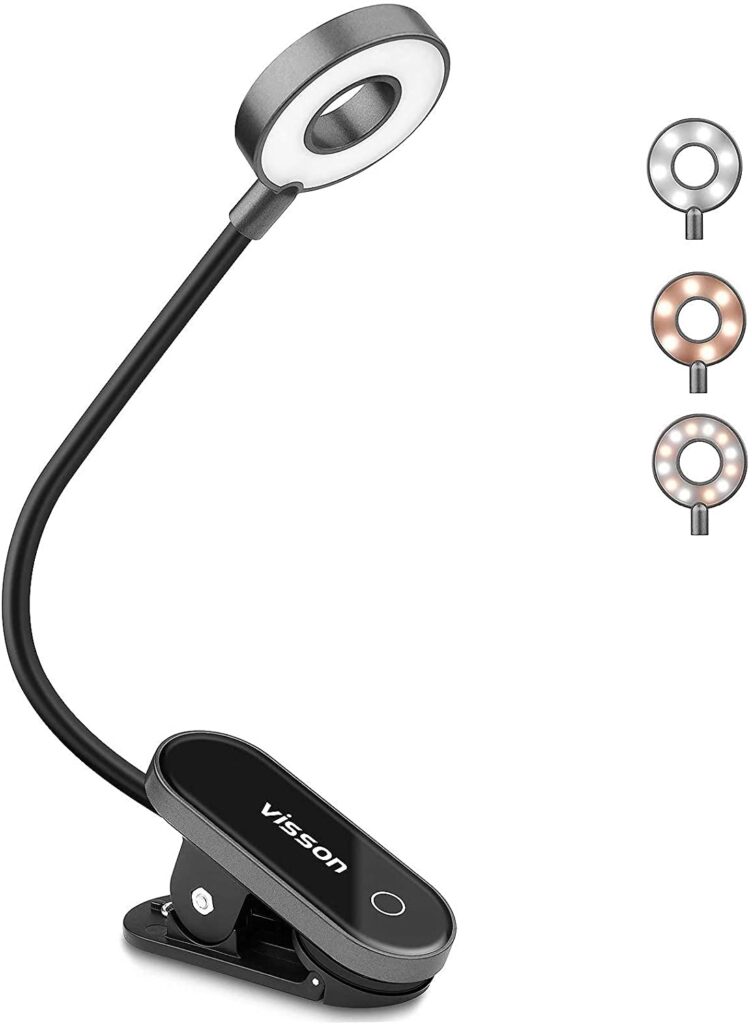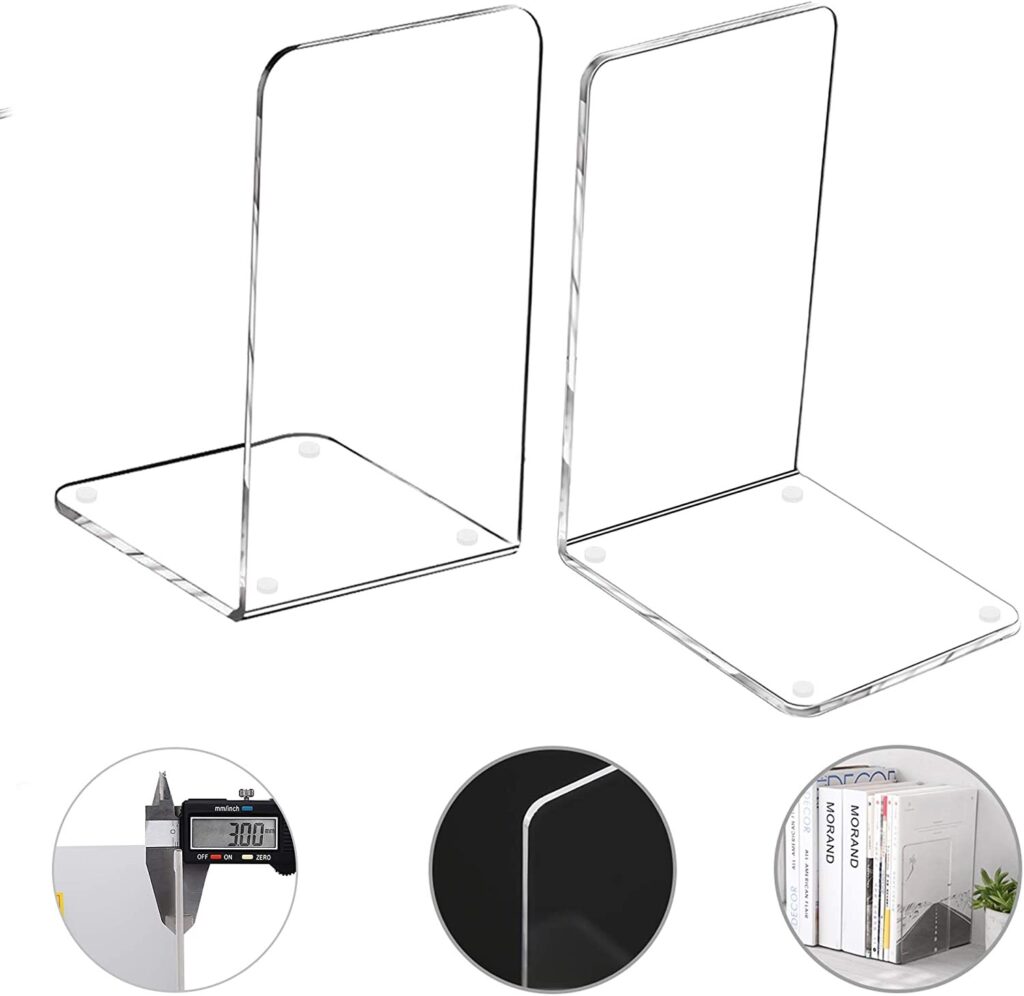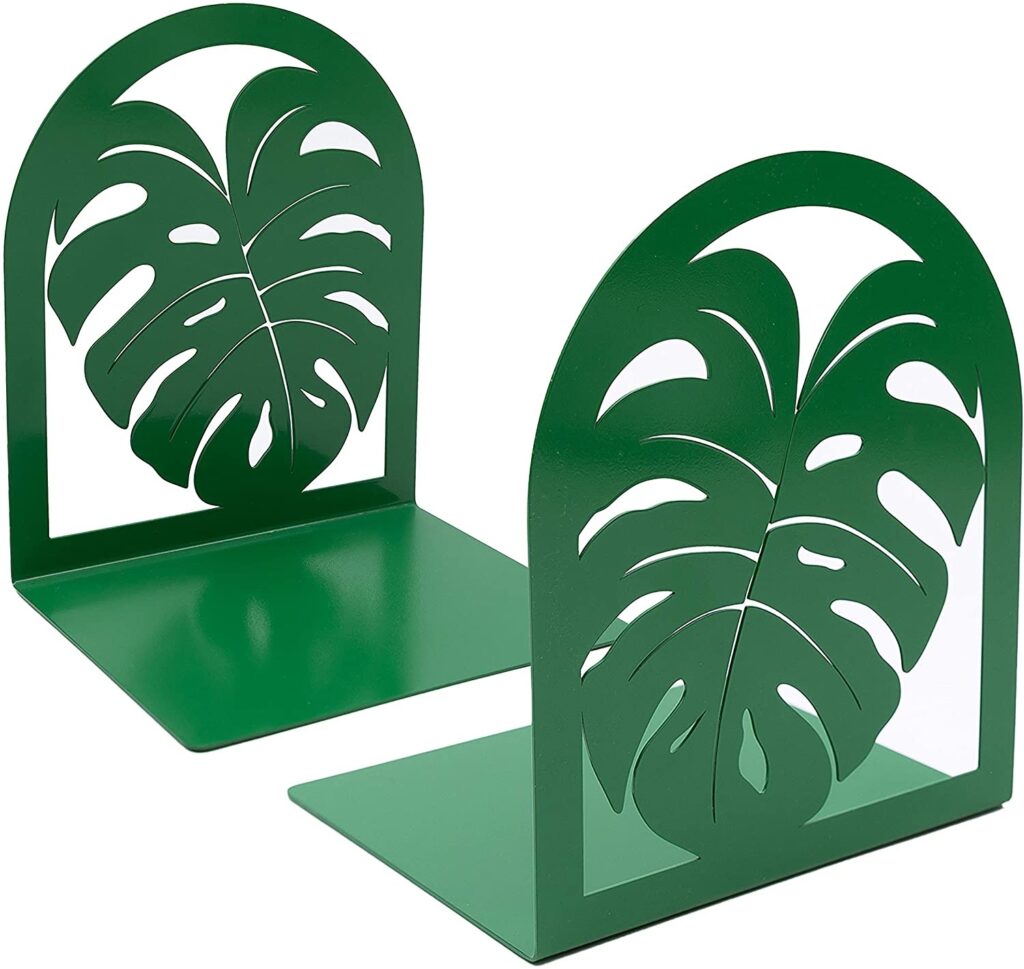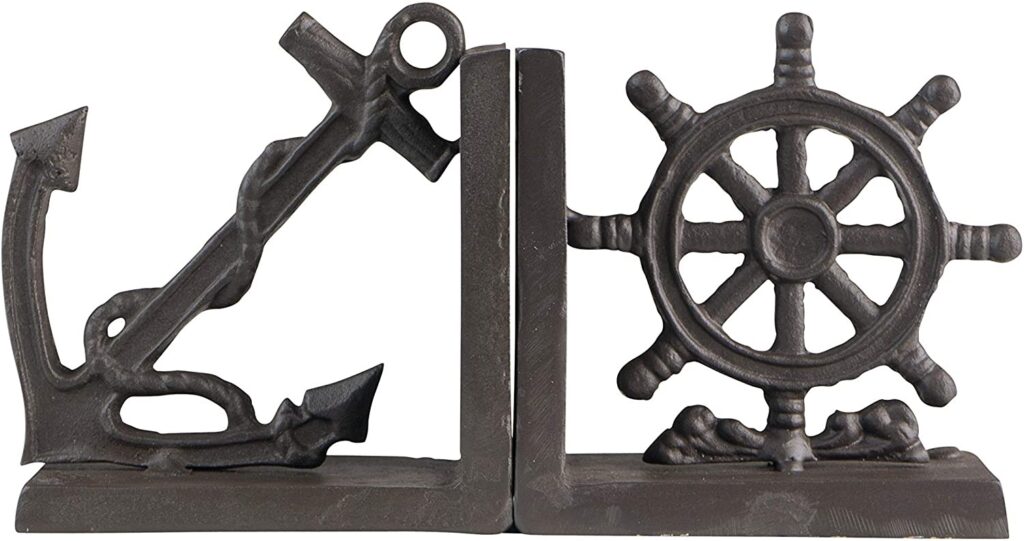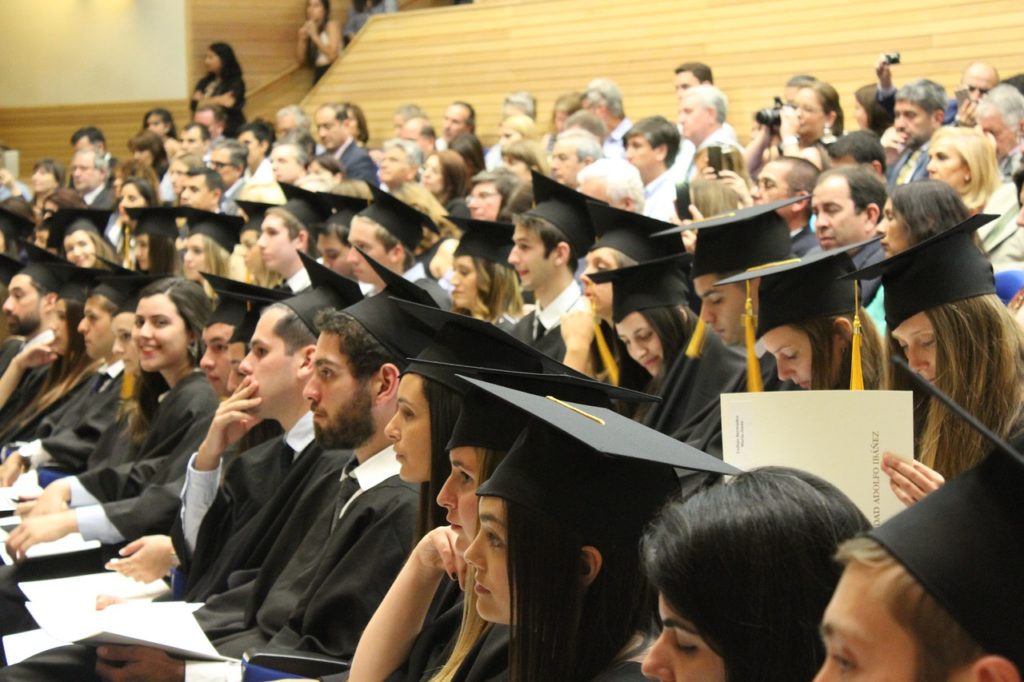
Today, most people are much more likely to find information through online search engines than seeking out the help of librarians, and the proliferation of information products marketed directly to consumers from ebooks to video streaming services have put major dents in library circulation statistics.
But despite all of these trends, are librarians still in demand?
Overall, librarianship is undoubtedly a challenging field for employment currently, but we believe that librarians are indeed still in demand and will continue to be despite technological advancements. There are also some specific employment tips that can help graduates make their master’s in library science more worth it.
We’ll start by discussing some aspects of the field that are often misunderstood by the general public (including those who write those clickbait “These 10 Jobs Are Going Away!” articles.)
What Do Librarians Actually Do?
Many associate librarians with books, and although this of course is a core part of what libraries are, they also serve many other roles for their communities.
One article cited a wide variety of functions for the libraries of today: “collective buying agency, technology access, economic stimulus, learning and co-working centers, safety nets, cultural heritage stewardship, civic engagement, and community.”
Information literacy is a core aspect of librarianship and this means helping people find, evaluate and use information of all types in a wide variety of settings.
Academic librarians work tirelessly to help their students succeed on any assignment that deals with sources or research, while public librarians hold a wide variety of workshops for and work individually with the general public on topics ranging from basic technology skills to advanced job seeking resources.
One source put it this way in its outlook for the librarian profession: “Despite a decline by the public in traditional borrowing of materials, libraries still need librarians to host a variety of services and activities. Library patrons are expected to continue attending events and using other library services, such as child-focused activities and employment assistance.”
Librarians are also starting to come up in lists of fields that could be replaced by AI due to the rapid advancement of tools such as ChatGPT. This is not the first time these predictions have been made, however, as similar things were said about search engines and other automated systems, but library user communities have continued to appreciate the human elements of interaction and curation that result in a much more personalized and friendly service.
We’ve already alluded to the fact that there are different types of libraries, and thus different types of librarians, and this is a crucial part of the question of whether they are still in demand, so we’ll deal with this next.
What Types of Librarians are Most (and Least) in Demand?
It’s also important to consider the type of library as there can be differences in their outlook. The official data on librarian positions does not separate them out by type of library.
Despite some popular doom and gloom about librarian job prospects, the Bureau of Labor Statistics (BLS) is relatively upbeat about the market. It estimates 138,400 jobs as of 2021 and projects there to be 146,400 in 2031, which corresponds to a 6% increase.
Much of the increase, however, predicts the need to replace positions where librarians retire, but an upcoming “retirement wave” has been predicted for decades with little to actually show for it. In many cases those positions are simply eliminated or consolidated with others.
One of the more precarious settings for library employment is the K-12 school library. Many states are cutting positions or relying entirely on paraprofessionals without the master’s degree.
Beyond this, both public and academic libraries vary significantly in their job outlook: some public systems and institutions of higher education are growing and thus will likely offer additional positions; others face the opposite outlook.
As publicly funded institutions, public libraries are constantly facing budget cuts and in some cases the possibility of closures during tough times. Academic librarians of course work in publicly funded institutions as well, and private institutions of higher education also face major budgetary pressures.
An American Libraries article listed 5 types of librarians that are increasingly in demand:
1) Sustainability librarian
2) User experience librarian
3) Director of equity, diversity, and inclusion
4) Open educational resources librarian
5) Data visualization librarian.
These exemplify the diverse work that librarians do and some directions within the field that may see an increase in opportunities in the coming years.
Librarian Jobs, Salaries and Closings
Even if librarians are largely still in demand, it is not often a field that will make someone rich. The Bureau of Labor Statistics gives a median salary of $61,190 for librarians ($29.32/hour), but this includes a massive range and some very high salaries for late-career administrators.
On the other end, entry level positions have usually not seen much wage growth in recent years and many librarians also work part-time. In some metro areas, available librarian positions do not pay what is considered a living wage.
The master’s degree is also widely seen as a checkbox because there is a glut of graduates out there from the many graduate schools. This makes actual library work experience crucial for students and also means that taking out the amount of debt needed for a master’s program can be a risky proposition for a student.
Prospective students weighing their options should explore as many options as they can for help financing a library science master’s, such as seeking out financial aid and scholarships; looking for jobs with some sort of tuition remission or educational assistance program; or attending part-time while working as a library paraprofessional if possible.
And this leads into the next way that prospective librarians can make their master’s worth it and find themselves in higher demand: being geographically flexible.
Location, Location, Location: Benefits of Geographical Flexibility
Prospective librarians can do wonders for their chances of securing gainful employment by broadening their geographical options. If you’re willing to move to a new city for a librarian job, there are much better chances you’ll find one, especially if you consider smaller cities and more rural communities.
This can be true for both public and academic librarianship. It’s often difficult to break into the field in a city where there is a library school, because there will be a large number of graduates living there and competing for any library-related open position.
All in all, the library field should continue to be relevant into the future, but it’s not without its risks for prospective master’s students. Following some of our suggestions relating to financing education and being flexible on job locations can help.
